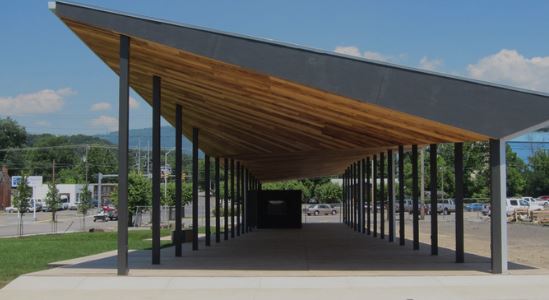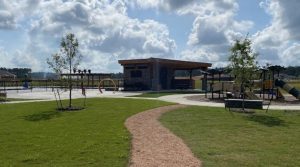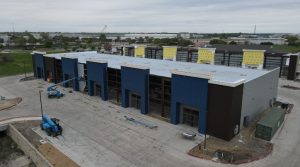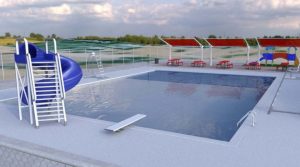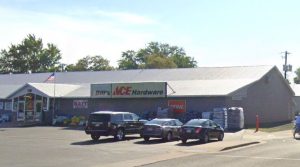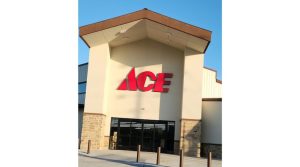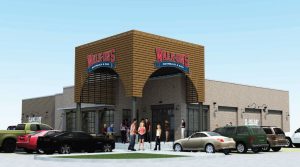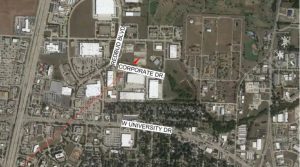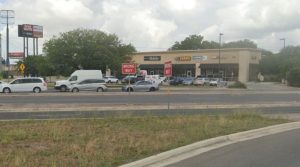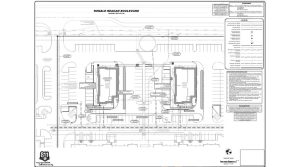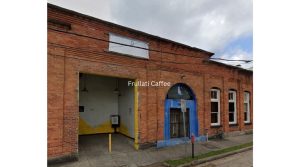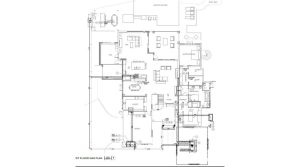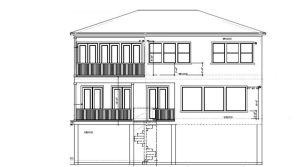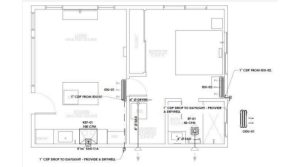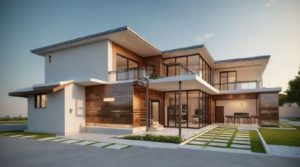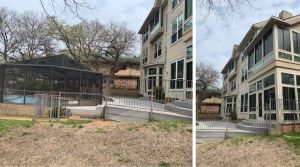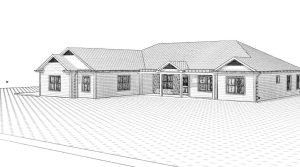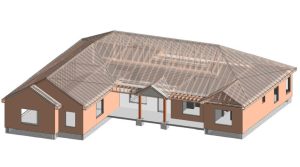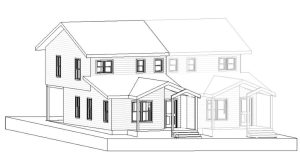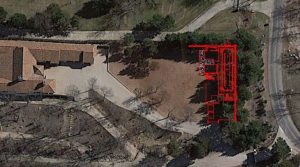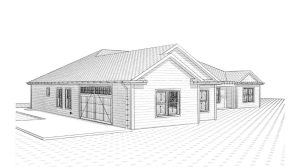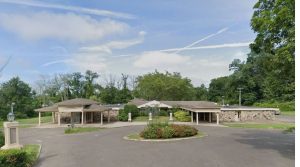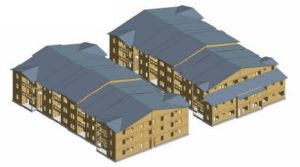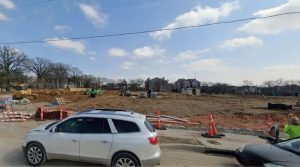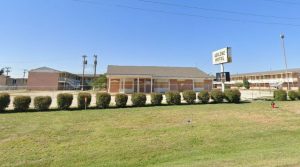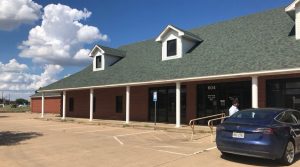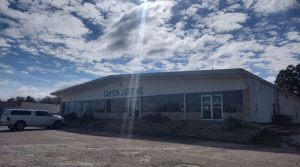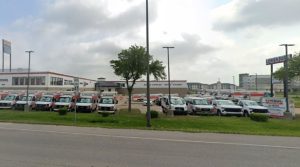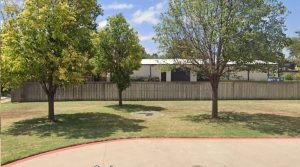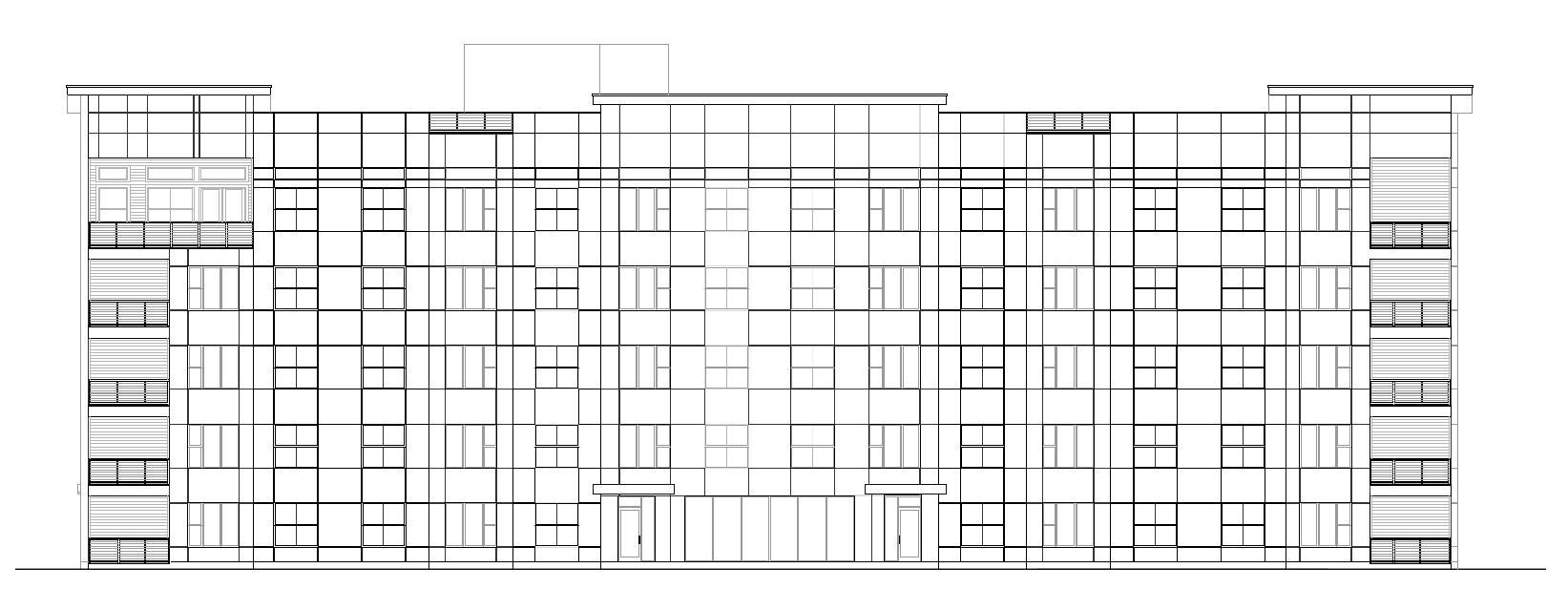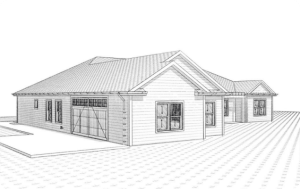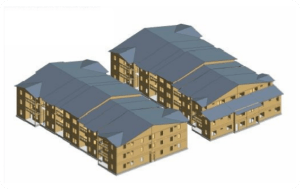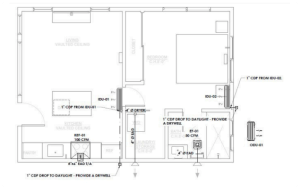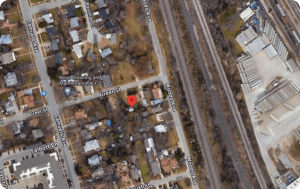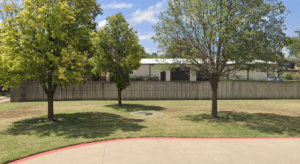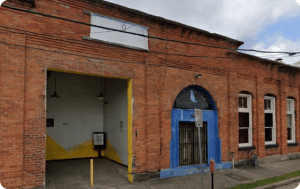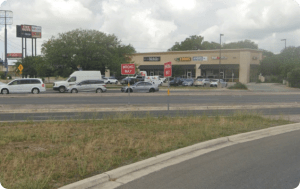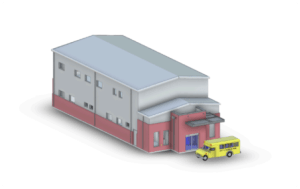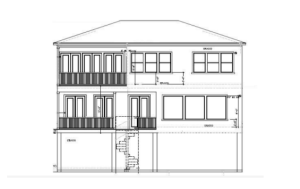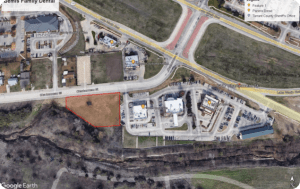Structural Design for Texas Outdoor Markets: Building the Foundation for Success
Outdoor markets are a beloved tradition in Texas that bring together a diverse range of vendors and shoppers from all walks of life. But what makes these markets successful is more than just the products being sold. The foundation of a successful outdoor market lies in its structural design. From the layout of vendor booths to the construction of pedestrian walkways, every aspect of the market’s design can impact its success. With so many factors to consider, it can be overwhelming to know where to start. In this post, we will explore the key elements of successful outdoor market design, including the importance of infrastructure, zoning considerations, and crowd management strategies. Whether you’re a market organizer or a vendor looking to improve your display, this guide will provide you with the tools you need to build a strong foundation for success in the Texas outdoor market scene.
1. Introduction: The significance of structural design for outdoor markets in Texas
Introduction: The Significance of Structural Design for Outdoor Markets in Texas
When it comes to outdoor markets in Texas, the importance of structural design cannot be underestimated. These bustling marketplaces offer a unique shopping experience where vendors showcase their products and customers immerse themselves in the vibrant atmosphere. However, creating a successful outdoor market requires careful planning and attention to detail, with one of the key elements being the structural design.
The structural design of outdoor markets in Texas plays a crucial role in ensuring the comfort, safety, and functionality of the marketplace. From providing shelter from the scorching Texan sun to creating a visually appealing and organized layout, the design sets the foundation for a successful market. It is the backbone upon which vendors can showcase their goods, customers can navigate easily, and the overall market can thrive.
Texas, known for its diverse climate, presents unique challenges when it comes to outdoor markets. The design must be adaptable to withstand the intense heat, occasional rainstorms, and even strong winds that may sweep through the area. By incorporating weather-resistant materials, strategic placement of structures, and efficient drainage systems, the structural design can ensure the market remains operational and enjoyable for both vendors and customers, regardless of the weather conditions.
Furthermore, the aesthetic appeal of the market is another crucial aspect that the structural design addresses. Outdoor markets in Texas are not just about shopping; they are also a place for people to gather, socialize, and experience the local culture. A well-designed market creates an inviting ambiance that entices visitors, encourages them to explore, and keeps them coming back for more. From the choice of materials to the arrangement of stalls, every detail contributes to the overall attractiveness and charm of the market.
Lastly, the functional aspect of structural design cannot be overlooked. Efficient space utilization, well-planned walkways, and clear signage all contribute to creating a seamless experience for both vendors and customers. A market that is easy to navigate fosters a positive shopping experience, encourages longer dwell time, and ultimately boosts sales for the vendors. Additionally, proper consideration for amenities such as restrooms, seating areas, and food stalls enhances the overall comfort and convenience for all market visitors.
In conclusion, the significance of structural design for outdoor markets in Texas cannot be overstated. It is the foundation upon which the success of these vibrant marketplaces is built. By carefully considering the unique climate, creating an appealing aesthetic, and ensuring functional efficiency, the structural design sets the stage for a thriving market that attracts visitors, supports local vendors, and enhances the overall community experience.
2. Understanding the unique challenges of outdoor markets in Texas
Outdoor markets in Texas present unique challenges that require careful consideration in their structural design. The hot and humid climate, unpredictable weather patterns, and the need to create a welcoming and functional space for both vendors and visitors are just a few factors that must be taken into account.
Firstly, the scorching heat of the Texas sun can be relentless during the summer months. This calls for the inclusion of shade structures throughout the market to provide relief from the sun’s rays. Whether it’s large umbrellas, awnings, or strategically placed trees, these shade elements not only offer respite to shoppers but also protect goods from direct sunlight, preventing damage and spoilage.
Secondly, the ever-changing weather patterns in Texas, including sudden rain showers and strong winds, necessitate the incorporation of sturdy and weather-resistant materials in the market’s infrastructure. From durable roofing materials to secure anchoring systems, every aspect of the structural design should be built to withstand the elements, ensuring the safety of vendors and visitors alike.
Furthermore, the layout and flow of the market should be carefully planned to optimize the shopping experience. Wide walkways that allow for easy navigation, clearly marked vendor stalls, and designated areas for rest and relaxation contribute to a pleasant and convenient experience. Additionally, considering the diverse range of products available at outdoor markets, incorporating designated spaces for food vendors, live entertainment, and seating areas can enhance the overall ambiance and attract more visitors.
Lastly, it is crucial to prioritize accessibility and inclusivity in the design of outdoor markets. Ensuring that the market is easily accessible to individuals with disabilities, providing ample parking spaces, and incorporating facilities such as ramps and accessible restrooms are all essential components of creating an inclusive and welcoming environment for all.
By understanding and addressing the unique challenges of outdoor markets in Texas, the structural design can lay a strong foundation for success. A well-planned and thoughtfully executed design will not only enhance the market’s functionality but also create a vibrant and inviting atmosphere that attracts both vendors and visitors, fostering a thriving marketplace for all involved.
3. Choosing the right location: Factors to consider for a successful outdoor market
When it comes to setting up an outdoor market in Texas, choosing the right location is crucial for ensuring the success of your venture. There are several factors that should be carefully considered before making a decision.
First and foremost, accessibility plays a key role in attracting both vendors and customers to your market. Look for a location that is easily accessible by major roads or highways, with ample parking space nearby. This will make it convenient for vendors to transport their goods and for customers to visit without any hassle.
Another important factor to consider is the visibility of your market. Look for a location that has high visibility from the road or any other popular areas. This will attract passing traffic and increase the chances of attracting new customers. Additionally, visibility will also help in promoting your market through signage or banners, ensuring that people are aware of its existence.
The demographics of the area should also be taken into account. Research the surrounding neighborhoods and determine if they match your target market. For example, if you are planning to sell organic produce, setting up your market near health-conscious communities would be a strategic move. Understanding the preferences and needs of your potential customers will allow you to cater to their demands effectively.
Considering the availability of amenities is also important. Ensure that there are restroom facilities nearby, as well as electricity and water connections to meet the basic needs of vendors and customers. This will create a comfortable and convenient environment for everyone involved.
Lastly, keep in mind the competition in the area. While some level of competition can be healthy and attract more customers, too much competition can make it difficult for your market to thrive. Conduct market research to identify if there are any other similar markets in the vicinity and assess their success. If possible, choose a location that is not oversaturated with similar offerings, giving your market a unique selling point.
By carefully considering these factors, you can choose the right location for your outdoor market in Texas, setting a strong foundation for its success. Remember, the location of your market can greatly impact its visibility, accessibility, and overall appeal to both vendors and customers.
4. Designing a flexible and adaptable layout for different vendors and activities
When it comes to outdoor markets in Texas, flexibility and adaptability are key factors in designing a successful layout. As markets often host a variety of vendors and activities, it is crucial to create a space that can accommodate the diverse needs and preferences of participants.
One important aspect to consider is the physical layout of the market. Designing a layout that allows for easy navigation and flow of foot traffic is essential. By carefully planning the placement of vendor stalls, walkways, and activity areas, you can optimize the use of space and ensure a smooth and enjoyable experience for both vendors and visitors.
Another important consideration is the flexibility of the layout. Outdoor markets often have changing requirements, such as accommodating different vendors each week or hosting special events and activities. By designing a modular layout that can be easily reconfigured, you can adapt to these changing needs without major disruptions or limitations. This can involve using portable stalls, modular furniture, or removable barriers that can be adjusted as needed.
In addition to physical flexibility, it is also important to consider the needs of vendors and provide them with the necessary infrastructure. This may include access to electricity, water, and storage facilities. By incorporating these elements into the design, you can ensure that vendors have everything they need to showcase their products and services effectively.
Furthermore, incorporating designated areas for different activities can enhance the overall appeal of the market. This could include spaces for live performances, workshops, or interactive displays. By designing these areas with versatility in mind, you can create a dynamic and engaging environment that keeps visitors coming back for more.
In conclusion, designing a flexible and adaptable layout for outdoor markets in Texas is essential for creating a foundation for success. By considering factors such as flow of foot traffic, modularity, and infrastructure needs, you can create a space that accommodates a variety of vendors and activities, ultimately enhancing the overall experience for both vendors and visitors.
5. Utilizing sustainable and weather-resistant materials for long-term durability
When it comes to designing outdoor markets in Texas, longevity and durability are key factors to consider. The unpredictable weather conditions in the region, including scorching heat, strong winds, and occasional heavy rains, require structures that can withstand these elements year after year.
One effective way to ensure long-term durability is by utilizing sustainable and weather-resistant materials in the construction process. These materials not only offer structural stability but also minimize the environmental impact of the market.
One popular choice for outdoor market structures is steel. Steel is known for its strength and ability to withstand extreme weather conditions. It is resistant to rust and corrosion, which is particularly important in Texas where high humidity levels can accelerate the deterioration of traditional building materials.
Another sustainable option is using recycled materials. Recycled plastic lumber, for example, is an eco-friendly alternative to traditional wood. It is resistant to moisture, insects, and decay, making it an ideal choice for outdoor structures. Additionally, using recycled materials reduces the demand for new resources and helps to minimize waste.
Incorporating sustainable design principles into the structural design of outdoor markets not only ensures long-term durability but also demonstrates a commitment to environmental responsibility. By choosing materials that can withstand the harsh Texas climate and are eco-friendly, market owners can create a foundation for success that aligns with their values and attracts customers who appreciate sustainable practices.
Investing in sustainable and weather-resistant materials may require a higher upfront cost, but the long-term benefits far outweigh the initial investment. By choosing durable and eco-friendly materials, outdoor markets in Texas can thrive for years to come, providing a welcoming and resilient space for vendors and customers alike.
6. Incorporating functional elements like shade structures and seating areas
When it comes to designing outdoor markets in Texas, incorporating functional elements like shade structures and seating areas is crucial for creating a successful and enjoyable experience for both vendors and visitors.
The scorching Texas heat can be relentless, making it essential to provide ample shade throughout the market area. Installing shade structures such as pergolas, awnings, or large umbrellas not only protect vendors and their products from direct sunlight but also offer shoppers a comfortable space to take a break from the heat. These shaded areas can serve as gathering points, where visitors can relax, chat, and enjoy the vibrant atmosphere of the market.
In addition to shade, incorporating well-designed seating areas is equally important. Texas outdoor markets often attract a diverse range of people, including families, elderly individuals, and those with disabilities. By providing well-placed seating options, such as benches, picnic tables, or even outdoor seating arrangements, markets can ensure that everyone has a place to rest and enjoy their time at the market. These seating areas can also act as social hubs, encouraging visitors to stay longer, engage with vendors, and build a sense of community within the market space.
Furthermore, functional elements like shade structures and seating areas contribute to the overall aesthetic appeal of the market. By selecting designs that align with the market’s theme or regional style, these elements can enhance the visual appeal and create a cohesive and inviting atmosphere. Visitors will be more inclined to spend time exploring the market, increasing the chances of sales and repeat visits.
Incorporating shade structures and seating areas into the structural design of outdoor markets in Texas not only addresses practical concerns but also adds value to the overall market experience. By providing relief from the intense sun and creating comfortable spaces for rest and socializing, these functional elements contribute to the success and longevity of the market, ensuring that visitors keep coming back for more.
7. Ensuring accessibility and safety for vendors and visitors
When it comes to designing outdoor markets in Texas, ensuring accessibility and safety for both vendors and visitors is crucial. A well-designed and thoughtfully constructed market not only enhances the overall experience but also instills a sense of trust and confidence in the marketplace.
Accessibility should be a top priority in the structural design of the market. This includes providing easy entry and exit points, wide pathways, and ramps or slopes for wheelchair users and individuals with mobility challenges. By creating an inclusive environment, you are opening doors for a wider range of vendors and visitors, ultimately increasing the market’s appeal and potential customer base.
Safety measures should also be carefully considered and implemented. This includes proper lighting throughout the market area, especially during evening events, to ensure visibility and discourage any potential security risks. Additionally, the placement of emergency exits, fire extinguishers, and first aid stations should be strategically planned to ensure swift and efficient response in case of emergencies.
Furthermore, it is important to consider weather conditions that are unique to Texas, such as extreme heat or sudden storms. Designing covered areas or providing shade structures can offer relief from the scorching sun, while sturdy structures and proper drainage systems can help mitigate the impact of heavy rains.
By prioritizing accessibility and safety in the structural design of outdoor markets in Texas, market organizers can create a welcoming and secure environment that encourages vendors and visitors to participate and enjoy the market experience. This attention to detail not only promotes success but also fosters a positive reputation for the market within the community.
8. Considering the aesthetic appeal and branding of the market
When it comes to outdoor markets in Texas, the structural design plays a vital role in creating a successful and visually appealing space. The aesthetic appeal and branding of the market are crucial aspects that can attract customers and leave a lasting impression.
One of the first considerations for the market’s design is to ensure it aligns with the overall brand identity. Whether it’s a rustic and vintage theme or a modern and sleek look, the design elements should reflect the essence of the market and its offerings. This can be achieved through the choice of materials, color palette, signage, and overall layout.
The market’s layout should be carefully planned to create an inviting and engaging environment for visitors. Wide walkways, strategically placed stalls, and designated gathering areas can enhance the flow of foot traffic and encourage exploration. It’s important to create a cohesive and organized space that allows customers to easily navigate through different sections and discover the diverse range of products.
Furthermore, attention should be given to the visual appeal of the stalls themselves. Each vendor’s booth should have a cohesive and attractive design that showcases their products effectively. This can be achieved through the use of eye-catching signage, creative displays, and tasteful decorations that align with the market’s overall aesthetic.
In addition to the physical design, incorporating branding elements throughout the market can help reinforce its identity and create a memorable experience for customers. This can include branded banners, flags, and signage that feature the market’s logo or tagline. By consistently integrating branding elements, the market can establish a unique and recognizable identity in the minds of customers.
Overall, the aesthetic appeal and branding of an outdoor market in Texas are crucial factors that contribute to its success. By carefully considering the design elements, layout, and branding, market organizers can create a visually appealing and cohesive space that attracts customers, promotes exploration, and leaves a lasting impression.
9. Collaborating with local vendors and stakeholders for a thriving market community
Collaborating with local vendors and stakeholders is crucial for creating a thriving market community in Texas. When designing the structure of an outdoor market, it is essential to consider the unique characteristics and needs of the local community.
By engaging with local vendors and stakeholders, you can gain valuable insights into the preferences and demands of the market’s target audience. These individuals are on the ground, interacting with customers daily, and can provide invaluable feedback and suggestions for improvements.
Establishing open lines of communication with vendors and stakeholders fosters a sense of community and creates a collaborative environment. This allows for the exchange of ideas, knowledge, and resources, ultimately leading to a stronger market ecosystem.
When designing the market layout, involving local vendors and stakeholders ensures that their needs are met. This could include providing adequate space for vendors to showcase their products, considering accessibility for customers with disabilities, or implementing facilities that cater to the specific requirements of the community.
Furthermore, collaboration with local stakeholders can extend beyond the physical aspects of the market. By partnering with organizations and associations in the community, you can leverage their expertise and networks to promote the market and attract a wider audience. This collaborative approach establishes strong relationships that can lead to long-term success for the market.
In summary, collaborating with local vendors and stakeholders plays a vital role in building a thriving market community in Texas. By involving them in the design and planning process, you can ensure that the market meets the needs of the community and creates a vibrant and inclusive space for both vendors and customers.
10. Case studies: Success stories of well-designed outdoor markets in Texas
Texas is home to a vibrant and diverse outdoor market scene, where entrepreneurs and artisans come together to showcase their products and connect with customers. These markets have become a popular destination for locals and tourists alike, offering a unique shopping experience and a sense of community.
Let’s take a closer look at some success stories of well-designed outdoor markets in Texas:
1. The Austin Farmers Market: This market has gained widespread recognition for its well-thought-out layout and design. With designated areas for fresh produce, handmade crafts, and food vendors, visitors can easily navigate the market and find what they’re looking for. The inclusion of seating areas, live music stages, and ample parking adds to the overall appeal and creates a welcoming atmosphere for shoppers. The Austin Farmers Market has become a beloved community gathering spot, attracting both residents and tourists seeking a taste of local flavors.
2. The Pearl Farmers Market in San Antonio: Situated in the historic Pearl Brewery complex, this market seamlessly blends modern design with the area’s rich heritage. The market’s open-air layout allows visitors to enjoy the beautiful Texas weather while browsing through a wide range of vendors offering everything from fresh produce to artisanal goods. The incorporation of shaded areas, water features, and communal spaces creates a relaxing environment where visitors can socialize, sample local food, and enjoy live entertainment. The Pearl Farmers Market has become a cornerstone of the vibrant Pearl district, attracting a steady stream of visitors and contributing to the area’s economic growth.
3. The Dallas Farmers Market: This market underwent a transformative redesign that has elevated its status as a must-visit destination. The incorporation of modern architecture, vibrant colors, and spacious walkways has transformed the market into a visually appealing and accessible space. With separate sections for farmers, artisans, and food vendors, visitors can easily explore the diverse offerings. The addition of an outdoor seating area and a dedicated event space has also allowed the market to host a wide range of activities, including cooking demonstrations, live performances, and seasonal festivals. The Dallas Farmers Market has become a hub for culinary enthusiasts, offering a dynamic and engaging experience for all who visit.
These success stories highlight the importance of thoughtful design in creating an inviting and functional outdoor market. By considering factors such as layout, amenities, and aesthetics, market organizers can set the stage for a thriving marketplace that attracts both vendors and customers. As Texas continues to embrace the outdoor market culture, these case studies serve as inspiration for future market designs, ensuring that these spaces remain vibrant and successful for years to come.
11. Conclusion: The impact of structural design on the success of outdoor markets in Texas
In conclusion, it is evident that the structural design plays a crucial role in the success of outdoor markets in Texas. The unique climate and diverse landscape of the state require careful consideration and planning when it comes to building the foundation for these markets.
By investing in sturdy and durable structures, market organizers can ensure the safety and comfort of both vendors and customers. Texas is known for its unpredictable weather, including scorching summers and occasional severe storms. Therefore, structures must be designed to withstand high winds, heavy rains, and extreme temperatures.
Additionally, the layout and design of the market can greatly impact its functionality and attractiveness. Thoughtful consideration should be given to the placement of stalls, pathways, seating areas, and amenities. A well-designed market will enhance the overall shopping experience and encourage visitors to stay longer, increasing sales and revenue for vendors.
Furthermore, incorporating elements of local culture and aesthetics into the design can create a unique sense of place and foster a connection between the market and the surrounding community. This can be achieved through the use of locally sourced materials, native plants, and architectural styles that reflect the heritage and traditions of Texas.
By prioritizing structural design, outdoor markets in Texas can create a strong foundation for success. A well-designed market not only provides a safe and enjoyable experience for visitors but also supports the growth and sustainability of local businesses. As the popularity of outdoor markets continues to rise, investing in quality design will be key in attracting both vendors and customers, ensuring the long-term success of these vibrant marketplaces in the Lone Star State.
We hope you found our blog post on structural design for Texas outdoor markets informative and inspiring. Building a strong foundation is crucial for the success of any outdoor market, and the structural design plays a vital role in creating an inviting and functional space. By considering the unique challenges and requirements of Texas outdoor markets, you can ensure a successful and thriving market experience for vendors and customers alike. Whether you’re a market organizer or a vendor looking to participate, we hope our tips and insights have provided you with valuable guidance. Good luck with your market ventures, and may your foundation be solid as you build the path to success!

